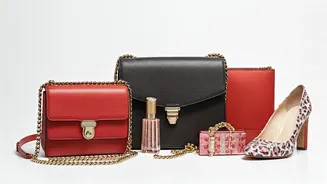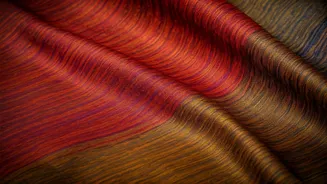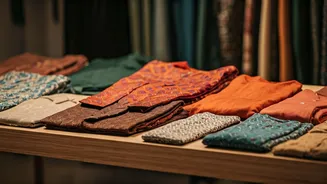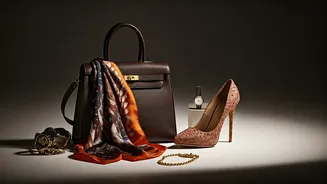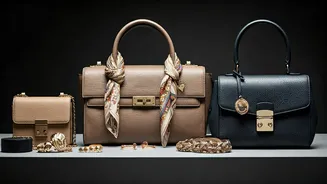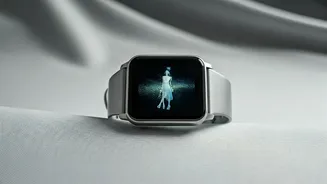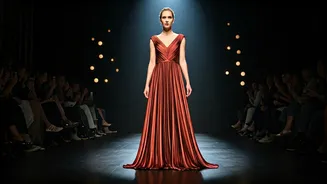Influence of Technology
Technology plays a critical role in shaping modern fashion. The rise of social media platforms such as Instagram and TikTok have transformed how people
discover and engage with fashion. Influencers and content creators showcase styles and trends, rapidly disseminating information across the globe. E-commerce has also revolutionized the shopping experience, providing instant access to a vast array of clothing and accessories. Moreover, digital design tools and virtual fashion shows offer new possibilities for designers to experiment and present their creations. The integration of technology continues to blur the lines between the physical and digital worlds, leading to more immersive and interactive fashion experiences. It also makes fashion more accessible to wider audiences and speeds up the cycle of trends, creating a faster pace of innovation in the industry.
Cultural Shifts and Trends
Fashion is a direct reflection of the cultural shifts happening around the world. Movements such as sustainability and body positivity have profoundly affected the industry. Consumers increasingly demand eco-friendly practices and ethically sourced materials. Designers are responding with collections made from recycled fabrics and promoting circular fashion models. The emphasis on inclusivity has led to a broader range of sizes, body types, and representation in fashion campaigns. Furthermore, changing attitudes towards self-expression and identity have encouraged unique personal styles. Cultural influences from music, art, and global travel continue to inspire designers, resulting in diverse and creative collections that reflect the multifaceted nature of contemporary life. The influence of streetwear and the rise of athleisure have blurred the boundaries between casual and formal wear, giving rise to hybrid styles that prioritize comfort and versatility.
Key Styles of Today
Several prominent styles define the current fashion landscape. Minimalism, characterized by clean lines, neutral palettes, and practical designs, offers a timeless aesthetic. Maximalism, with its bold prints, vibrant colors, and elaborate embellishments, offers an alternative approach. Athleisure, blending athletic and leisure wear, remains a staple, featuring comfortable and stylish activewear. Sustainable fashion, embracing eco-friendly materials and ethical production, gains momentum as a core value for many consumers. Vintage and retro styles also experience recurring popularity as people embrace nostalgia and seek out unique, pre-loved pieces. Oversized silhouettes and relaxed fits, favored for their comfort and versatility, dominate a large portion of the market. These diverse styles illustrate the versatility and breadth of the contemporary fashion scene, allowing individuals to express themselves in many unique ways.
Future of Fashion
Looking ahead, the fashion industry is poised for significant transformations. Technology will continue to drive innovation, with augmented reality and virtual reality reshaping the shopping experience. Sustainability will become an even more critical factor, with circular fashion models and biodegradable materials gaining prominence. Personalization will become increasingly important, offering customized products and experiences tailored to individual preferences. Inclusivity and diversity will continue to be central themes, with the fashion industry embracing a wider range of body types, ethnicities, and cultural backgrounds. Collaboration between designers, brands, and technologies will increase, encouraging creativity and innovation. The future of fashion will be defined by a blend of technological advancements, ethical practices, and a dedication to self-expression, leading to a more personalized and sustainable industry.
